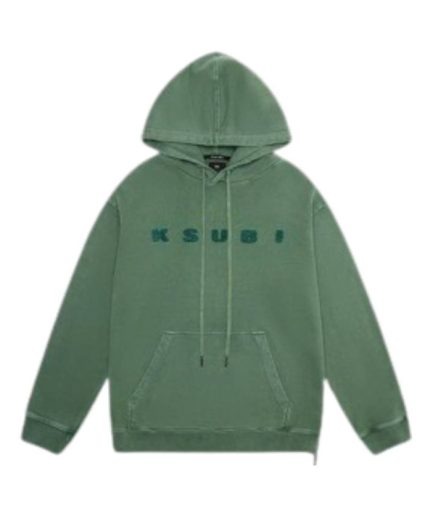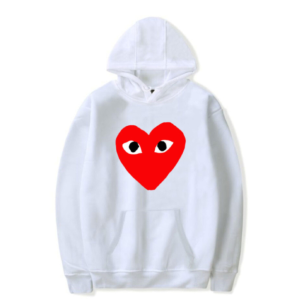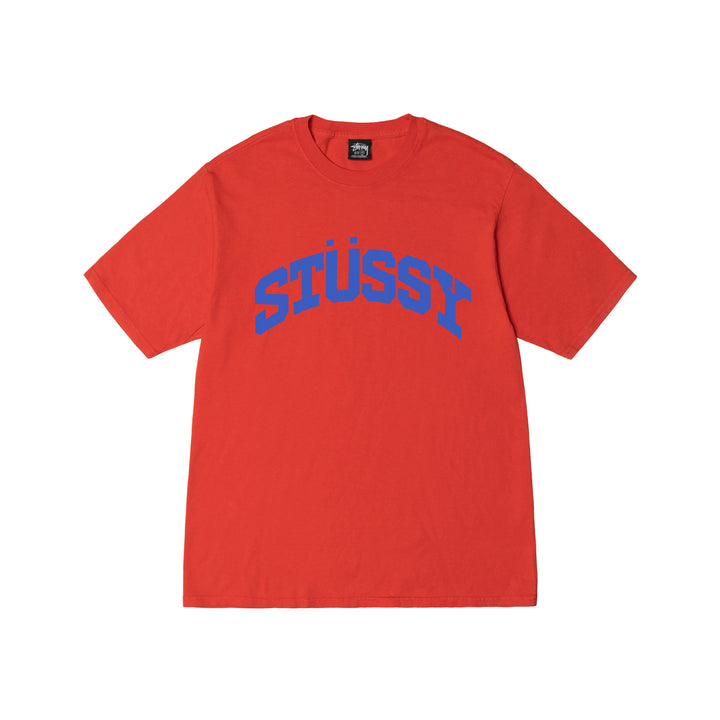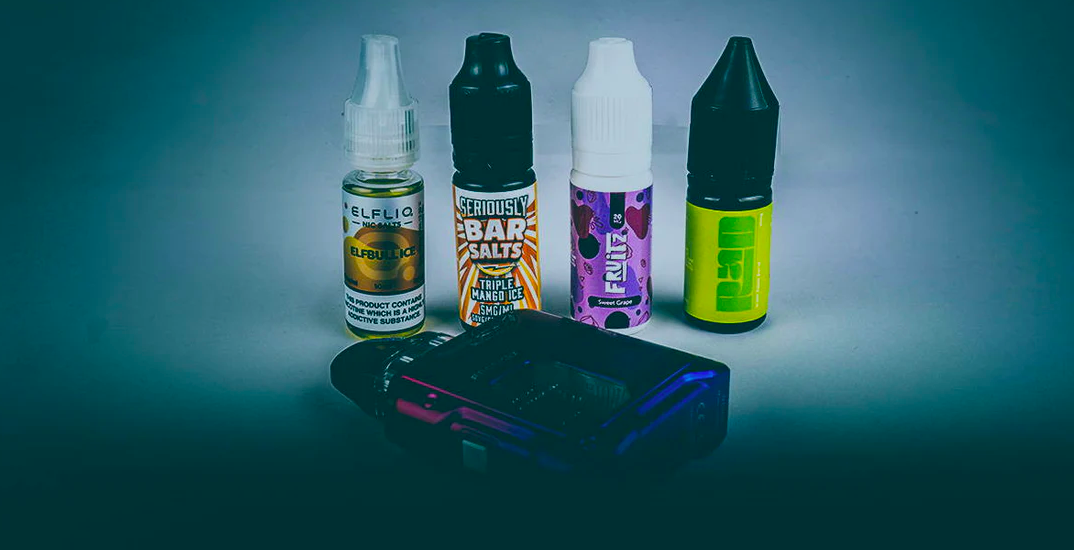Introduction to Ksubi Clothing
Amazing Ksubi Clothing: From Ksubi to Fashion A Lifestyle Brand. Ksubi is more than just a clothing brand—it’s a cultural phenomenon that has evolved from a rebellious Australian streetwear label into an internationally recognized lifestyle brand. Known for its distressed denim, bold graphics, and unapologetic aesthetic, Ksubi has carved its own lane in the fashion industry. The brand’s essence lies in pushing boundaries, embracing individuality, and creating clothing that resonates with people who live life on their own terms.
From the streets of Sydney to fashion runways around the globe, Ksubi Clothing has maintained a consistent image: raw, authentic, and infused with attitude. It’s not just about what you wear; it’s about the statement you make when you wear it. Ksubi’s pieces often feel like a conversation between high fashion and underground street culture, making them equally suitable for a night out or a casual day in the city. What makes Ksubi stand out is its ability to merge wearable comfort with high-fashion edge. It’s a brand for the rule-breakers, the dreamers, and the ones who aren’t afraid to stand out. From its first pair of handcrafted jeans to today’s expansive collections, Ksubi continues to push fashion forward while staying true to its rebellious roots.
The Origin of Ksubi
Ksubi was founded in 1999 by Dan Single, George Gorrow, Paul Wilson, and Gareth Moody in Sydney, Australia. Originally named “Tsubi,” the brand started with a small group of friends who were dissatisfied with the jeans available in the market. They wanted denim that fit well, looked worn-in, and told a story. The early days of Ksubi were characterized by experimental designs and guerilla-style marketing. The founders famously released their first line by releasing 200 live rats on the runway at an Australian Fashion Week show—instantly grabbing global attention. This boldness was not a stunt but a reflection of their commitment to standing out in a saturated market. Their goal was simple: create jeans with personality. They hand-distressed each pair, added unique stitching, and used premium fabrics. As word spread, Ksubi became the go-to brand for anyone looking to make a statement without compromising comfort or quality.
Early Vision and Creative Direction
From the beginning, Ksubi’s creative direction revolved around three pillars—authenticity, rebellion, and creativity. The founders envisioned a brand that could be both a work of art and a wearable piece of clothing. They believed fashion should be a reflection of personality, not just a seasonal trend. Their design process involved heavy experimentation. They would bleach, paint, rip, and customize denim until each piece felt unique. This creative approach blurred the lines between fashion and art, and it attracted a loyal fan base that valued individuality. Ksubi’s marketing also leaned heavily into this philosophy. Campaigns often featured raw, unfiltered imagery, unconventional models, and street-style shoots instead of polished studio photography. This helped Ksubi build an image of authenticity and relatability—qualities that have allowed it to maintain a strong brand identity over the decades.
The Evolution of Ksubi as a Brand
When Ksubi first launched, it was seen as a niche denim brand catering to a rebellious subculture. Over time, however, it grew into a full-fledged fashion label, offering jackets, shirts, accessories, and even collaborations with international artists. The brand’s turning point came when celebrities like Kanye West, Rihanna, and Kylie Jenner started wearing their jeans. This exposure catapulted Ksubi from underground cool to mainstream recognition. They embraced this growth without losing their raw, creative edge—a rare achievement in the fashion world. From small boutique stockists in Australia to flagship stores in New York, Los Angeles, and London, Ksubi’s global expansion has been steady and strategic. The brand’s success lies in its ability to evolve while staying authentic, ensuring that each collection feels like a continuation of its original vision rather than a departure from it.
From Underground Label to Mainstream Fashion
Ksubi’s rise from underground cult favorite to mainstream powerhouse didn’t happen overnight—it was a gradual process fueled by word-of-mouth, edgy marketing, and undeniable quality Ksubi Hoodie. In the early 2000s, Ksubi’s jeans became a status symbol among musicians, skaters, and artists. The brand’s unapologetic style resonated with people tired of cookie-cutter fashion. By the mid-2010s, Ksubi had secured spots in high-end department stores and major fashion retailers worldwide. They managed to stay relevant in an industry where trends shift rapidly by maintaining consistency in their design language while introducing fresh elements each season. Today, Ksubi sits comfortably in both worlds—it’s accessible enough for everyday wear but exclusive enough to carry cultural weight. This duality is part of its charm and a major reason why it continues to thrive.
Milestone Collections That Defined Ksubi
Ksubi’s history is marked by bold, culture-shifting collections that cemented its reputation as a leader in denim innovation. One of the most iconic was the “Rat Show” collection in 2001, which not only introduced the world to Ksubi but also demonstrated the founders’ willingness to disrupt fashion norms. This moment is still referenced in discussions about memorable runway moments. In 2003, their “Royalty, Heroism, and the Streets” collection embraced military-inspired cuts, graffiti-style prints, and oversized silhouettes. It blurred the lines between streetwear and high fashion, years before this crossover became mainstream. Another major turning point came in 2017 with the release of the Van Winkle and Chitch jeans, which introduced slimmer fits and modern distressing techniques, instantly becoming global best-sellers.
Collaborations have also been key to their milestone moments. Working with artists like Travis Scott, Kendall Jenner, and The Weekend gave Ksubi’s designs a platform in both music and fashion spheres. Each of these partnerships brought in fresh audiences and cemented the brand’s relevance with younger generations. Perhaps the most defining trait of Ksubi’s milestone collections is that they never pander to trends—they set them. Whether through experimental bleaching, unexpected fabric combinations, or provocative marketing campaigns, each release feels like a statement rather than a product. This fearless approach has ensured that every major Ksubi collection carries cultural significance beyond the clothes themselves.
Unique Style Identity of Ksubi
The thing that makes Ksubi instantly recognizable is its unwavering commitment to individuality. Even in a crowded streetwear and denim market, their style identity remains distinct. At the core is denim—premium, distressed, and crafted with a lived-in feel. But beyond fabric, it’s the storytelling behind each piece that creates the brand’s identity. Ksubi’s aesthetic is often described as “effortlessly rebellious.” It’s casual yet statement-making, wearable yet artistic. The brand’s signature look includes ripped knees, raw hems, asymmetrical cuts, bold stitching, and the unmistakable cross logo.
These elements are subtle enough to make the clothing versatile but distinct enough to be instantly recognized by fashion enthusiasts. One of Ksubi’s strengths is its ability to adapt these signature details into different styles, from skinny jeans to relaxed fits, and from grunge-inspired jackets to clean-cut shirts. Even when experimenting with color, patterns, or fits, they maintain that authentic, non-conformist spirit. Their style identity also draws from surf and skate culture, music scenes, and art communities. This melting pot of influences gives Ksubi a layered personality—equal parts street grit, creative artistry, and laid-back cool.
Signature Denim and Distressed Aesthetics
Denim is the heart and soul of Ksubi. While many brands produce distressed jeans, Ksubi’s approach is far more intentional and detailed. Their distressing techniques are an art form—rips, fades, whiskering, and abrasions are meticulously placed to enhance the garment’s natural wear patterns. This gives each piece a one-of-a-kind appearance, almost as if it’s been part of your wardrobe for years. One of their trademarks is the use of heavy-duty fabrics that age beautifully over time. Ksubi jeans are designed to break in, mold to your body, and develop unique fades depending on how you wear them. This means no two pairs look exactly alike after months of use—a quality that’s rare in mass-produced fashion.
Another signature is their raw hems and asymmetric cuts. These unfinished edges give the clothing a rebellious, anti-establishment feel, aligning perfectly with Ksubi’s ethos. Additionally, many denim pieces feature hand-painted elements, bold stenciling, or embroidered details, turning each item into a wearable art piece. Ksubi has also mastered versatility. While their heavily distressed jeans appeal to the bold, they also offer clean, minimal denim for those who want a subtler style while still tapping into the brand’s cool factor. This balance between edgy and timeless is one of the reasons Ksubi’s denim continues to dominate the premium jeans market.
Streetwear Influence and Artistic Collaborations
While denim is Ksubi’s foundation, streetwear is the brand’s lifeblood. Their hoodies, oversized tees, graphic sweatshirts, and caps often carry provocative slogans, graffiti-inspired prints, or hand-drawn illustrations. This fusion of art and street style is central to Ksubi’s global appeal. Collaborations have played a huge role in expanding their creative boundaries. Working with visual artists, tattooists, and musicians, Ksubi creates limited-edition pieces that feel more like collectibles than regular clothing. These collabs often sell out instantly, creating a hype culture around the brand.
For example, their capsule with Travis Scott blended distressed denim with his signature Cactus Jack branding, making each piece a crossover of music and fashion history. Similarly, collaborations with visual artists brought bold, unconventional graphics to Ksubi’s canvas, merging wearable fashion with gallery-worthy art. The brand’s streetwear roots also mean they understand the importance of accessibility in design. While their jeans may sit in the premium price range, Ksubi’s hoodies, tees, and caps offer an entry point for fans to embrace the lifestyle without committing to high-end denim prices. This inclusivity helps maintain a diverse and loyal fan base.
Ksubi’s Global Influence in the Fashion Industry
Ksubi’s influence extends far beyond Australia. What started as a local underground denim brand is now stocked in luxury retailers from New York to Tokyo. Their impact is felt in music videos, on red carpets, and across street-style blogs worldwide. Part of this influence comes from the brand’s ability to merge high fashion with street sensibilities. They’ve managed to create clothing that appeals to both a niche subculture and the broader fashion-conscious public. This balancing act has allowed Ksubi to be worn by everyone from skateboarders to celebrities, from underground musicians to supermodels.
The brand’s ethos—creative risk-taking and rebellious authenticity—has also inspired a new wave of designers who see Ksubi as proof that you can maintain artistic integrity while achieving global success. They’ve shown that fashion brands can be built on culture first, and commerce second, without sacrificing growth. In essence, Ksubi hasn’t just made jeans—they’ve helped define a lifestyle. Their reach across continents and industries is proof that their influence is here to stay.




